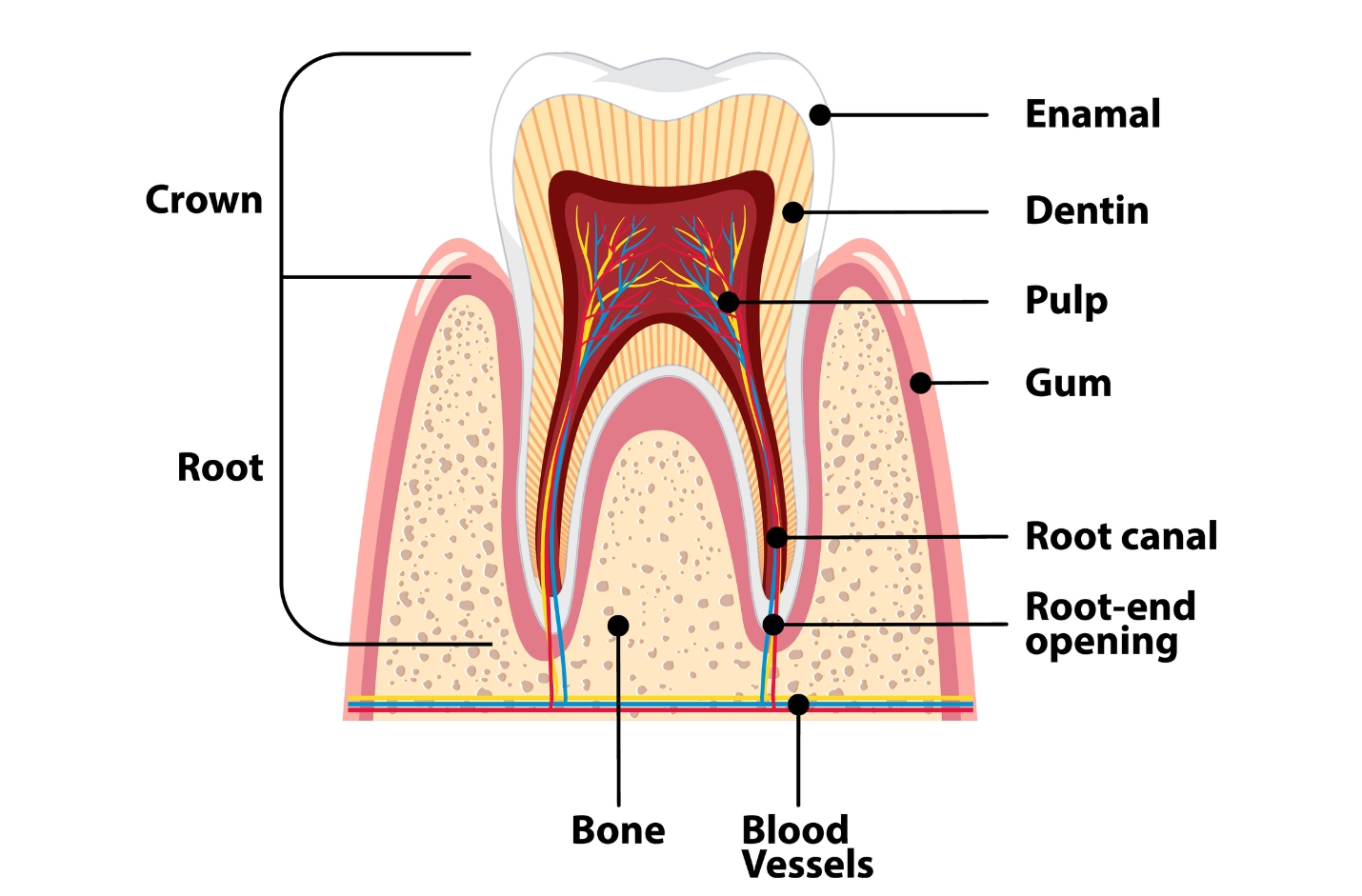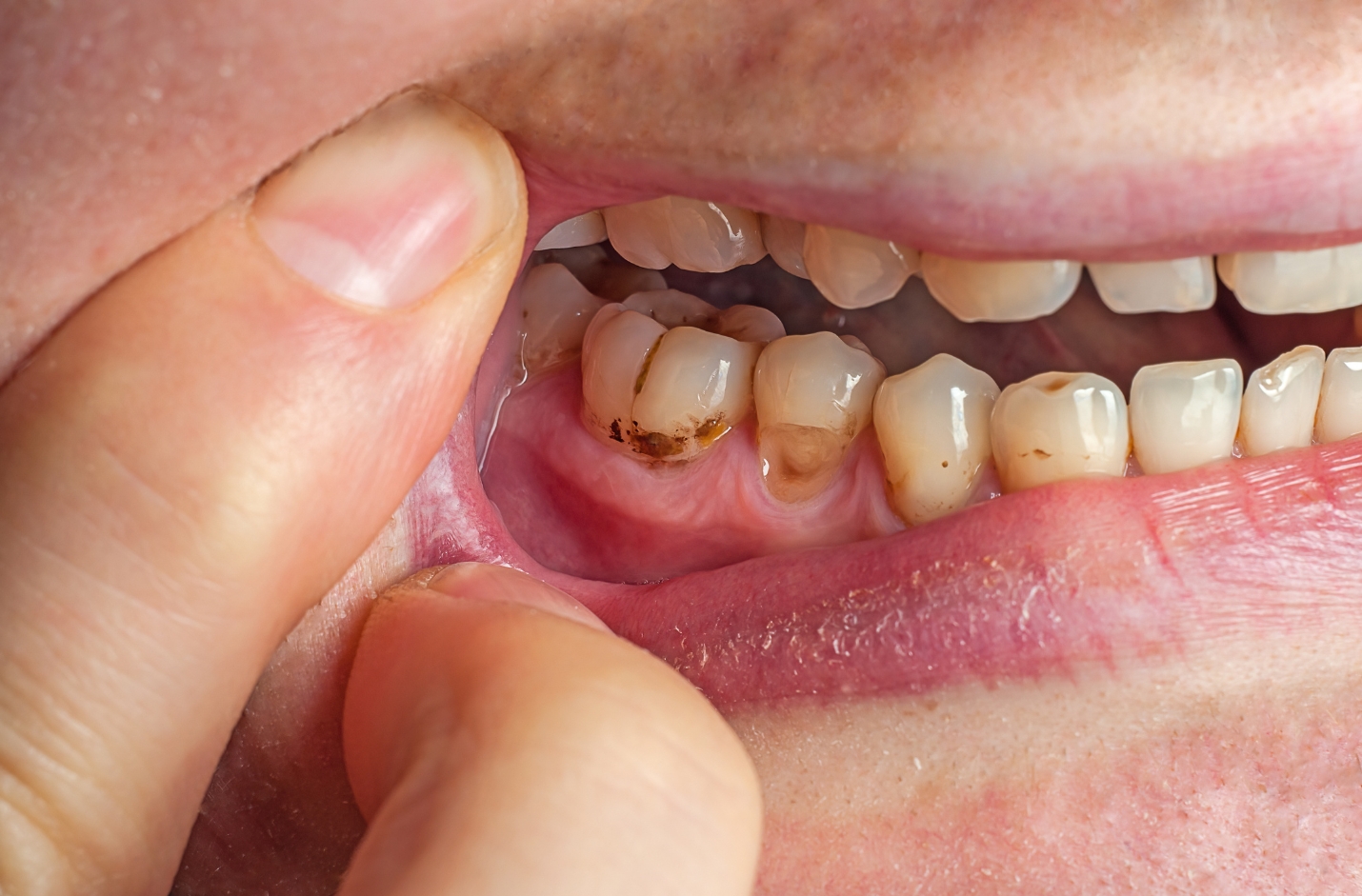Ever wonder what your tooth goes through in a day? Let's follow a molar from morning to night and explore its structure, purpose, and daily challenges.
Morning: Starting Fresh
Your tooth wakes up covered in plaque - a film of bacteria built overnight. Thankfully, brushing removes this plaque, freshening the tooth and strengthening its enamel, the protective outer layer.

At breakfast, your tooth gets to work immediately, grinding food to help digestion. The enamel takes the impact, while dentin beneath absorbs pressure, and nerves in the pulp sense temperature and pain.
Afternoon: Facing Challenges
Lunch and snacks mean continuous chewing. Unfortunately, sugary foods fuel plaque bacteria, producing acids that weaken enamel and cause tooth decay. Saliva helps by neutralizing acids and replenishing enamel minerals, preventing cavities.

Without good dental habits, repeated acid attacks create cavities - tiny holes allowing bacteria deeper into the tooth, causing pain and infection.
Evening: Cleanup and Protection
Evening brushing and flossing remove lingering plaque and food debris, protecting against decay and gum disease. Fluoride toothpaste helps strengthen enamel, preparing your tooth to rest safely overnight.
Night: Rest and Repair
During sleep, saliva continues repairing minor enamel damage from the day. However, teeth grinding (bruxism) can occur at night, wearing down enamel and causing sensitivity or cracks. Using a night guard helps prevent damage.
Takeaway
Your tooth, with its layers of enamel, dentin, pulp, and roots, works tirelessly each day to support eating, speech, and overall health. Protect your teeth by brushing twice daily, flossing regularly, limiting sugary foods, and scheduling routine dental visits. Your tooth and your smile will thank you!